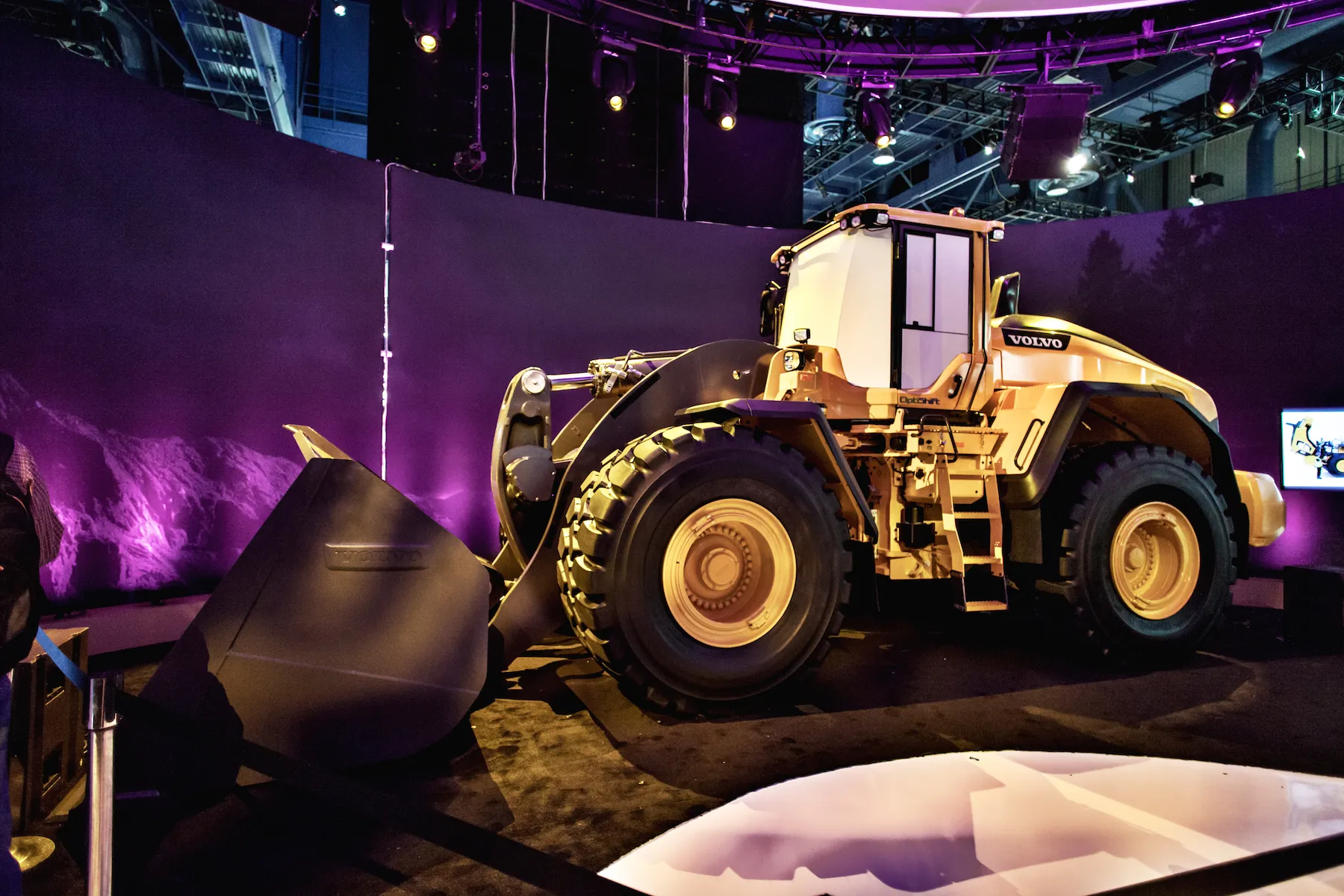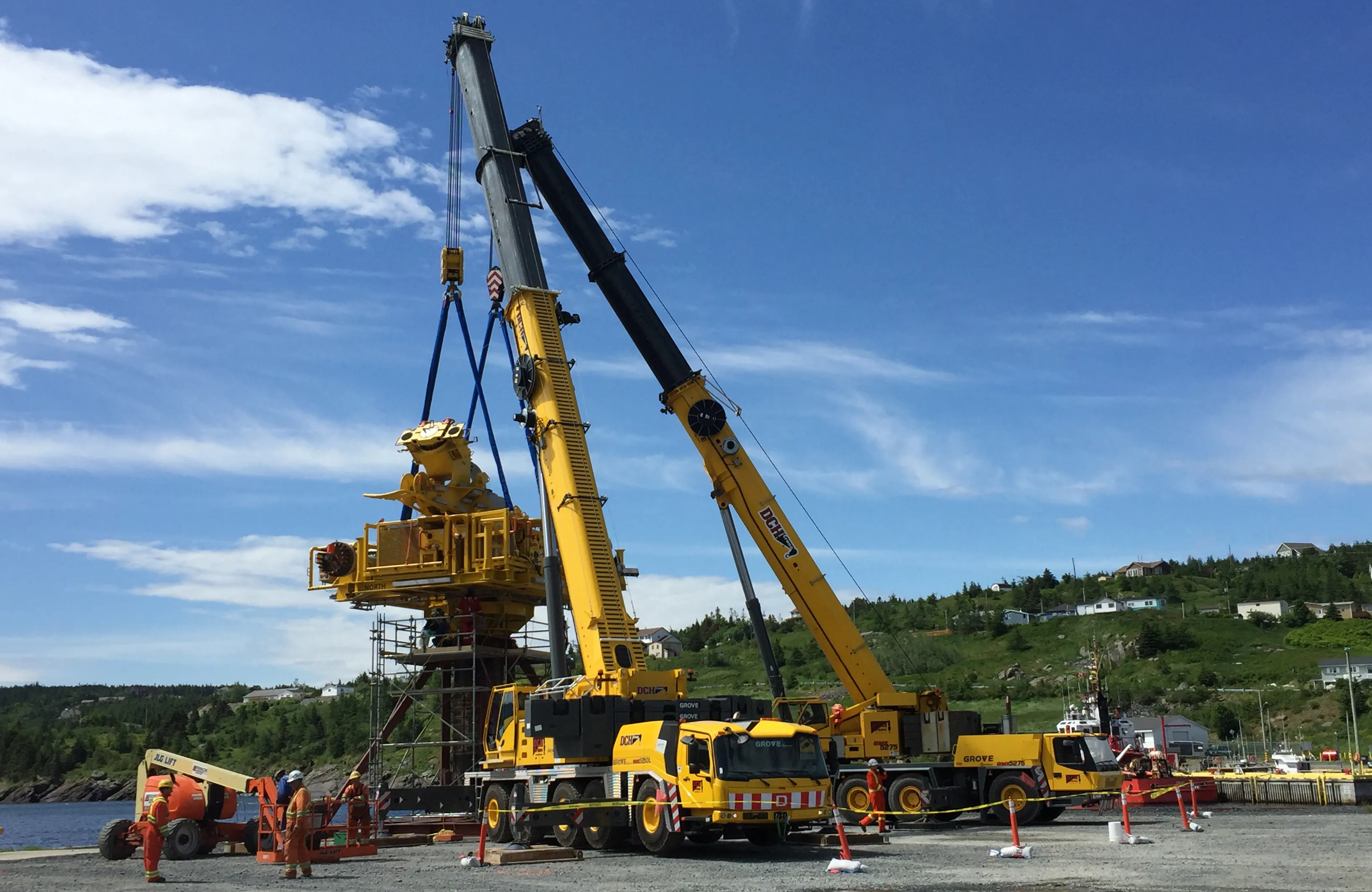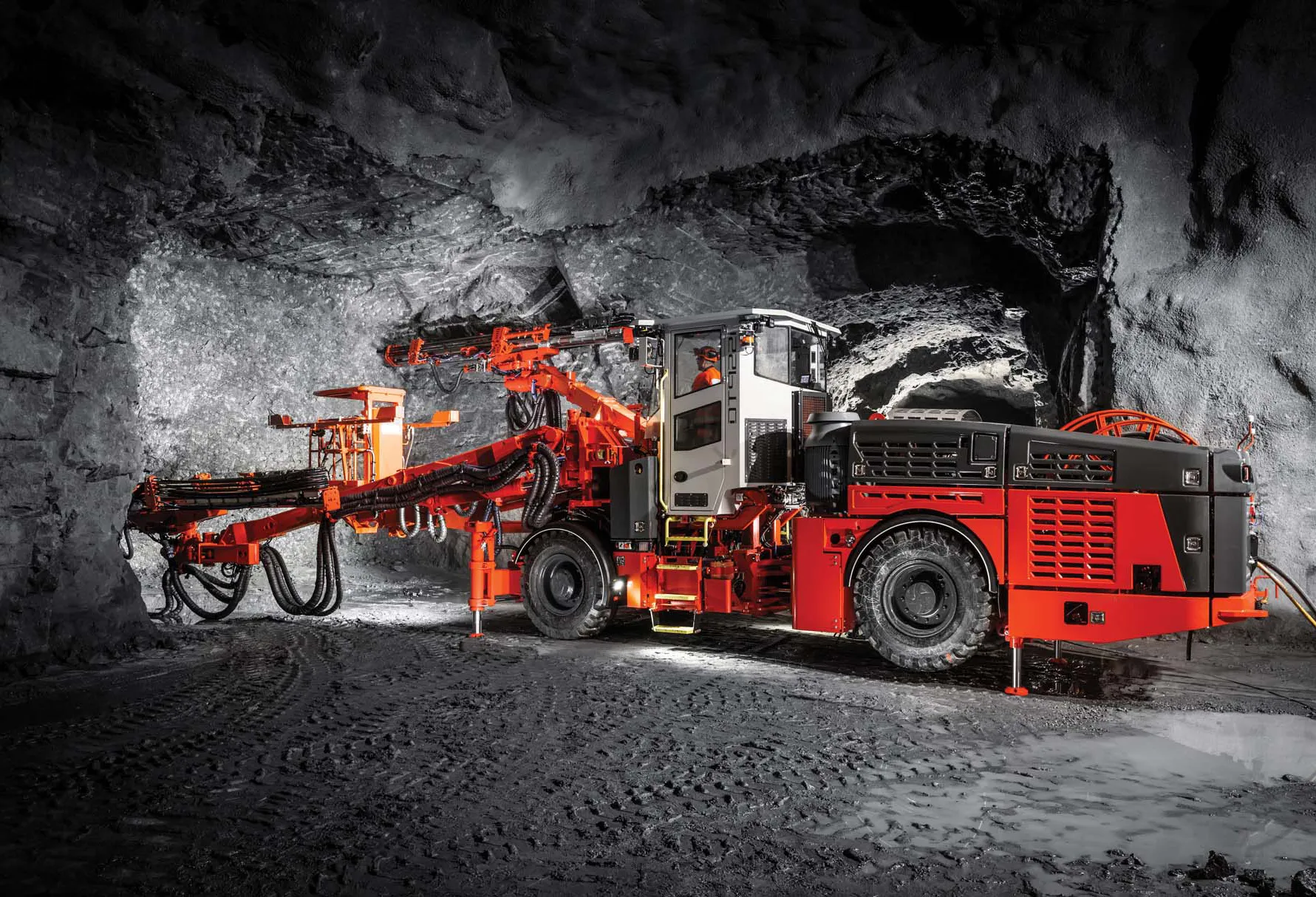Goldhofer has launched its new Faktor 5 high girder bridges. The bridges, said by the German firm to allow the transport of up to five times their own weight, come in various models with deadweights ranging from 70 to 130tonnes, making it possible to transport payloads ranging from 350 to 650tonnes. Said by Goldhofer to be comfortable with transporting extremely heavy loads such as transformers, generators, or other heavy industrial components, the new high girder bridges have a vertical stroke in the loadi
January 3, 2013
Read time: 2 mins
Goldhofer has launched its new Faktor 5 high girder bridges.
The bridges, said by the German firm to allow the transport of up to five times their own weight, come in various models with deadweights ranging from 70 to 130tonnes, making it possible to transport payloads ranging from 350 to 650tonnes.Said by
Due to claimed possible loading lengths of 11m to above 17m, as well as an extremely variable axle configuration (from 2m x 12m up to 2m x 20m), Goldhofer said there are to be “practically no limits” to the transport of large, heavy loads. Furthermore, the high girder bridges with Faktor 5 are able to guarantee easy mobilisation and economical shipping in containers.
The innovative and technically mature high girder bridges, the lateral stabilisation system from Goldhofer, the reliable hydraulics system with pressures up to 250bar, and the intelligent cross-bracing system are all said to provide the greatest possible safety during transport and the maximum protection of precious loads.
Unveiling the Faktor 5 high girder bridges, Goldhofer chief executive Stefan Fuchs said: “With the new high girder bridge Faktor 5, we have created a highly technological and innovative product that further solidifies Goldhofer’s position as the international leader in heavy transport.”








